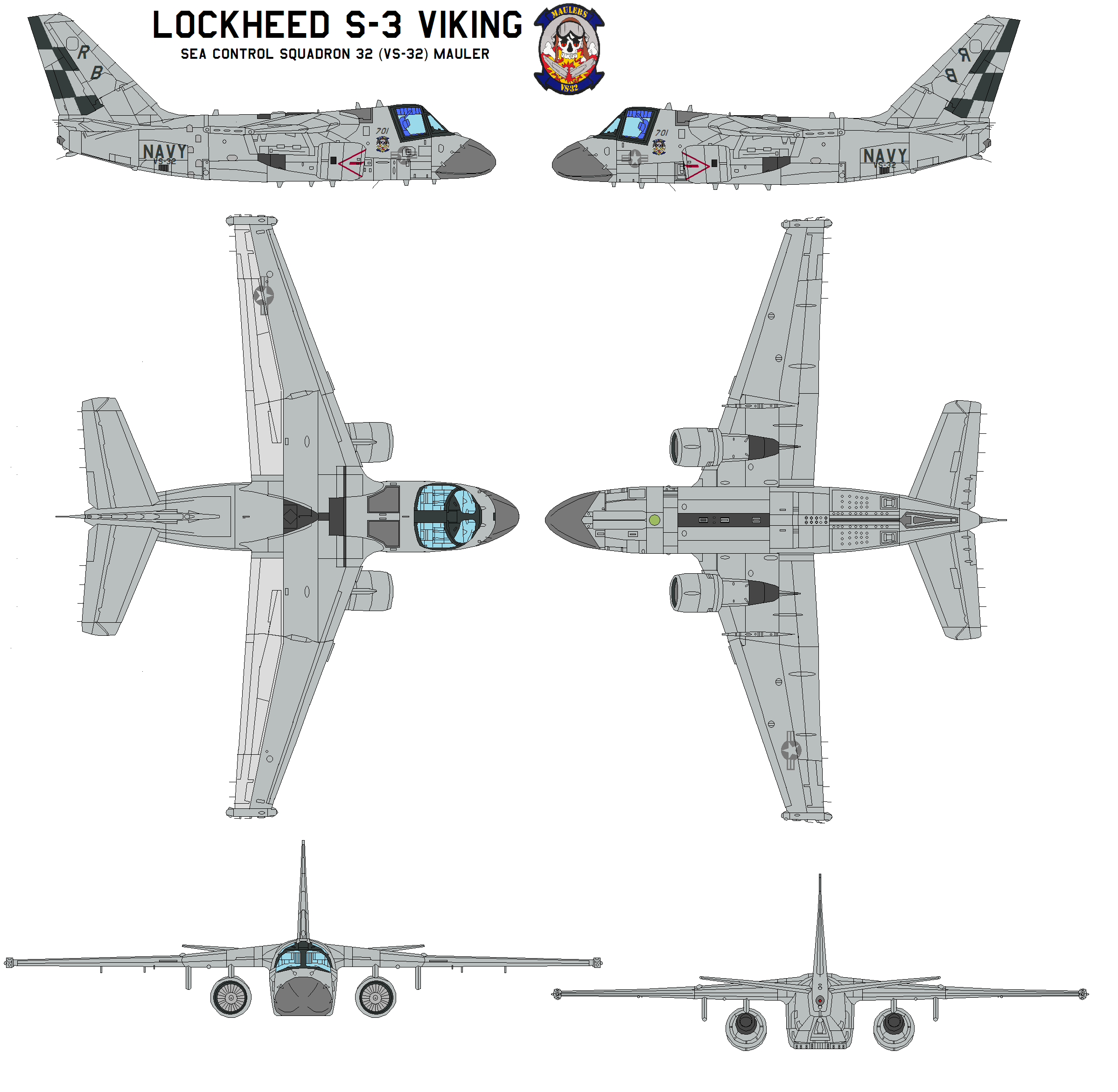Because other aircraft did the heavy lifting for them. As others have pointed, they suffered considerable losses early on in Iraq, so they changed tactics, for them to be used only in areas where air defense has been neutralised by other aircraft and even then they were mostly used from higher altitude. In Yugoslavia they were pulled back after two were damaged early on and didn't see much action throughout the war.
That's not accurate at all. For the First Gulf War, the original plan was to hold back the A-10s exclusively for the CAS specialty and not have them participate at all in the war until ground forces arrived, largely because Gen. Horner believed that the A-10s would not be survivable against air defense. However, due to inadequate availability of other aircraft types, the A-10s were retasked with a variety of missions, including battlefield air interdiction (which was originally supposed to be exclusive to F-15Es due to the "high risk", but was reassigned to A-10s and F-111s because the brand new F-15Es lacked LANTIRN targeting pods and were not yet squadron qualified for PGMs).
In the opening air blitz, the A-10s carried out marathon (8-10 hour long) "Wart Weasel" deep strike missions against critical Iraqi early warning radar sites and the Nukhayb Intercept Operations Centre, with complete success. In other words, far from only being deployed where "air defense has been neutralized by other aircraft", the A-10s were at the tip of the spear neutralizing the air defense in Iraq. All in all, A-10s flew 7,983 operational sorties and OA-10s flew a further 657 operational sorties, including 294 sorties on the first day of operations alone. The vast majority of those sorties -- over 75% -- were battlefield air interdiction, and 455 were SEAD.
A particularly relevant details is that outside of the opening blitz, Coalition losses to Iraqi air defenses occurred *solely* during daytime low altitude support missions, which means the A-10s were actually flying the highest risk missions in the war. In addition, during that opening blitz against Iraq's fully operational IADS, no A-10s were lost even on the very high risk "Wart Weasel" missions, while the vaunted "fast movers" did take casualties -- a Hornet, two Strike Eagles, two Falcons, and a Phantom (which was lost to a single 23mm round).

